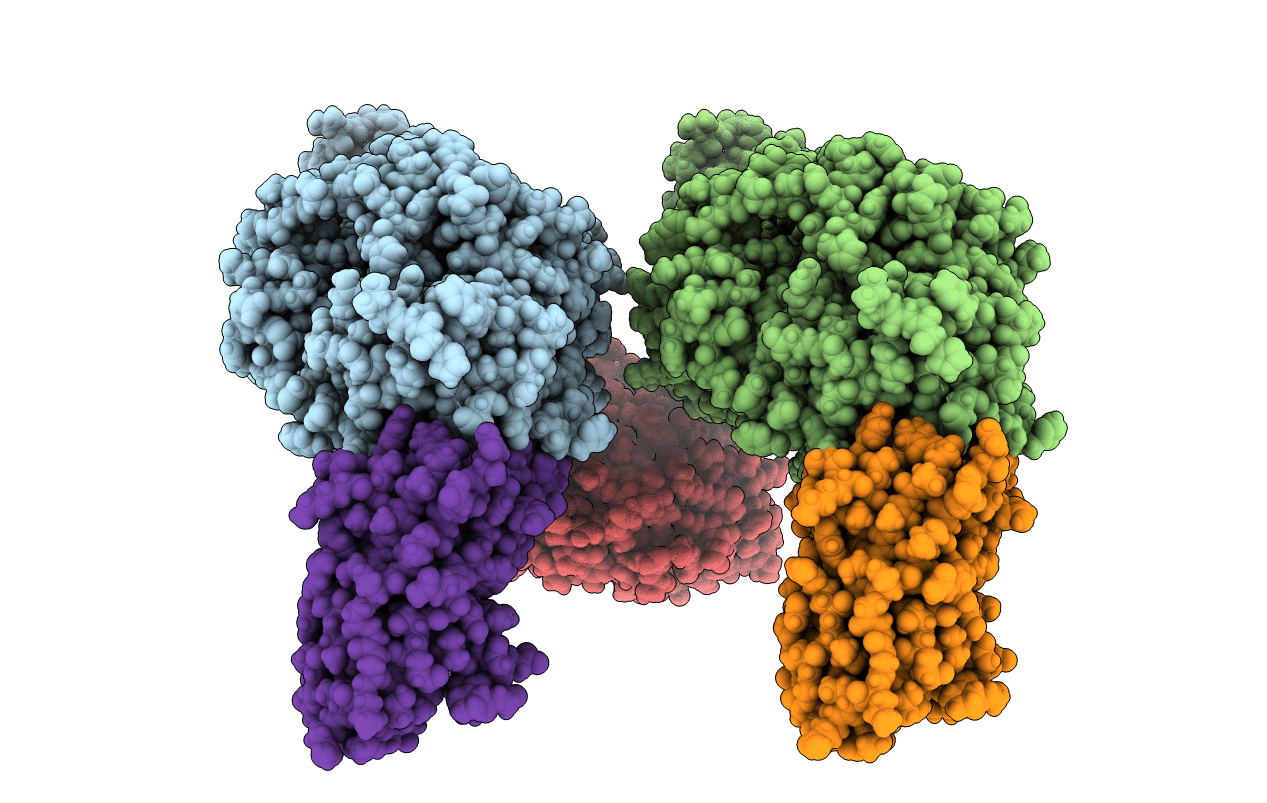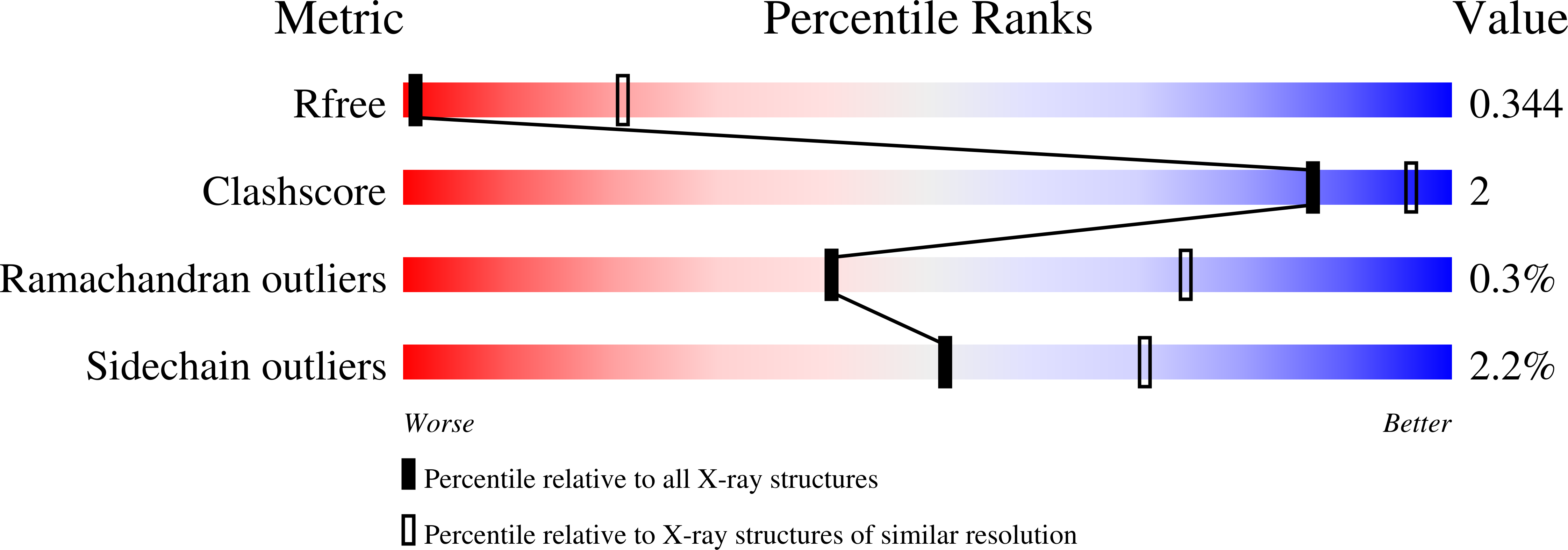
Deposition Date
2020-07-08
Release Date
2021-03-17
Last Version Date
2024-11-13
Entry Detail
PDB ID:
6ZPL
Keywords:
Title:
Inward-open structure of human glycine transporter 1 in complex with a benzoylisoindoline inhibitor, sybody Sb_GlyT1#7 and bound Na and Cl ions.
Biological Source:
Source Organism:
Host Organism:
Method Details:
Experimental Method:
Resolution:
3.95 Å
R-Value Free:
0.29
R-Value Work:
0.27
R-Value Observed:
0.27
Space Group:
P 1 21 1


